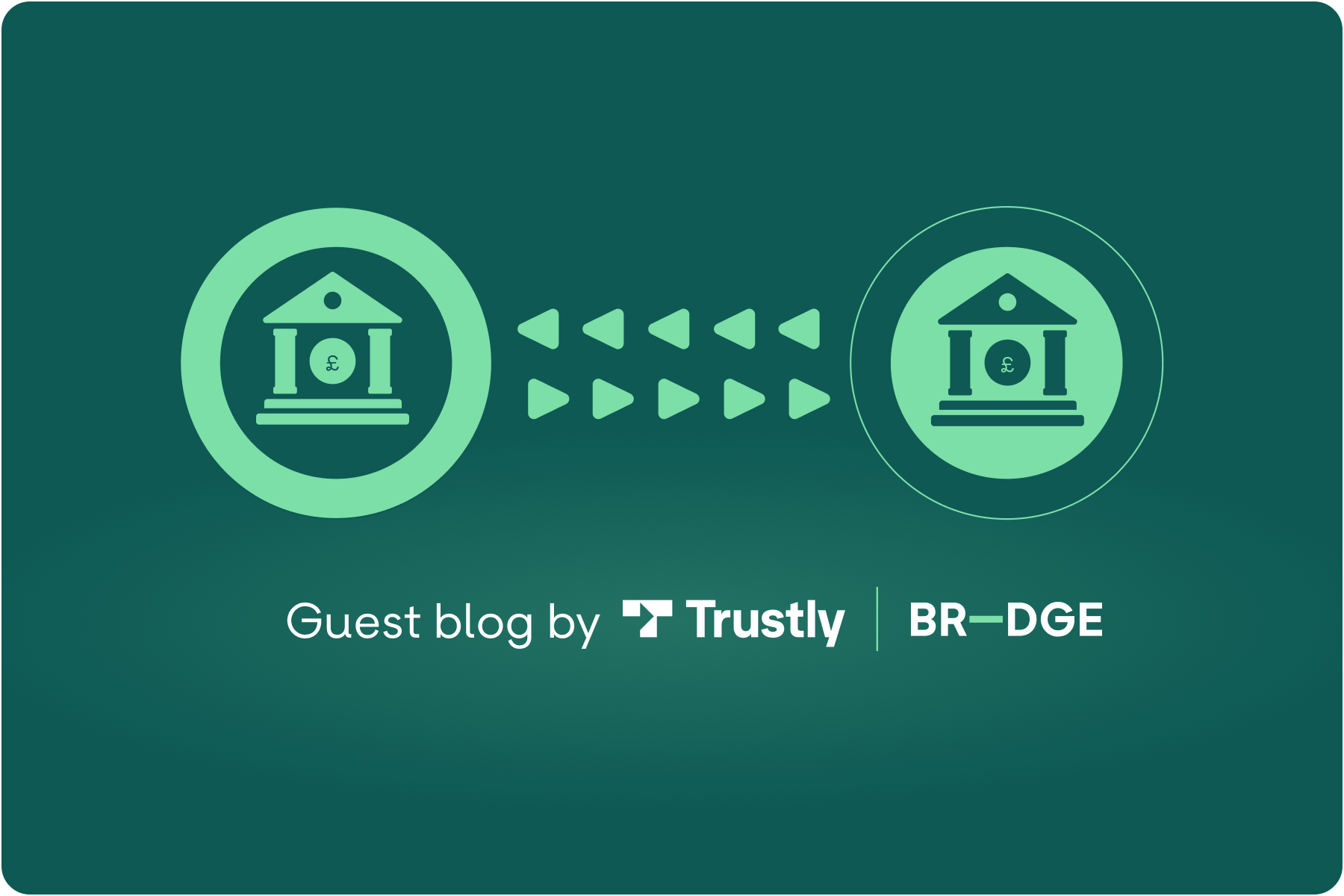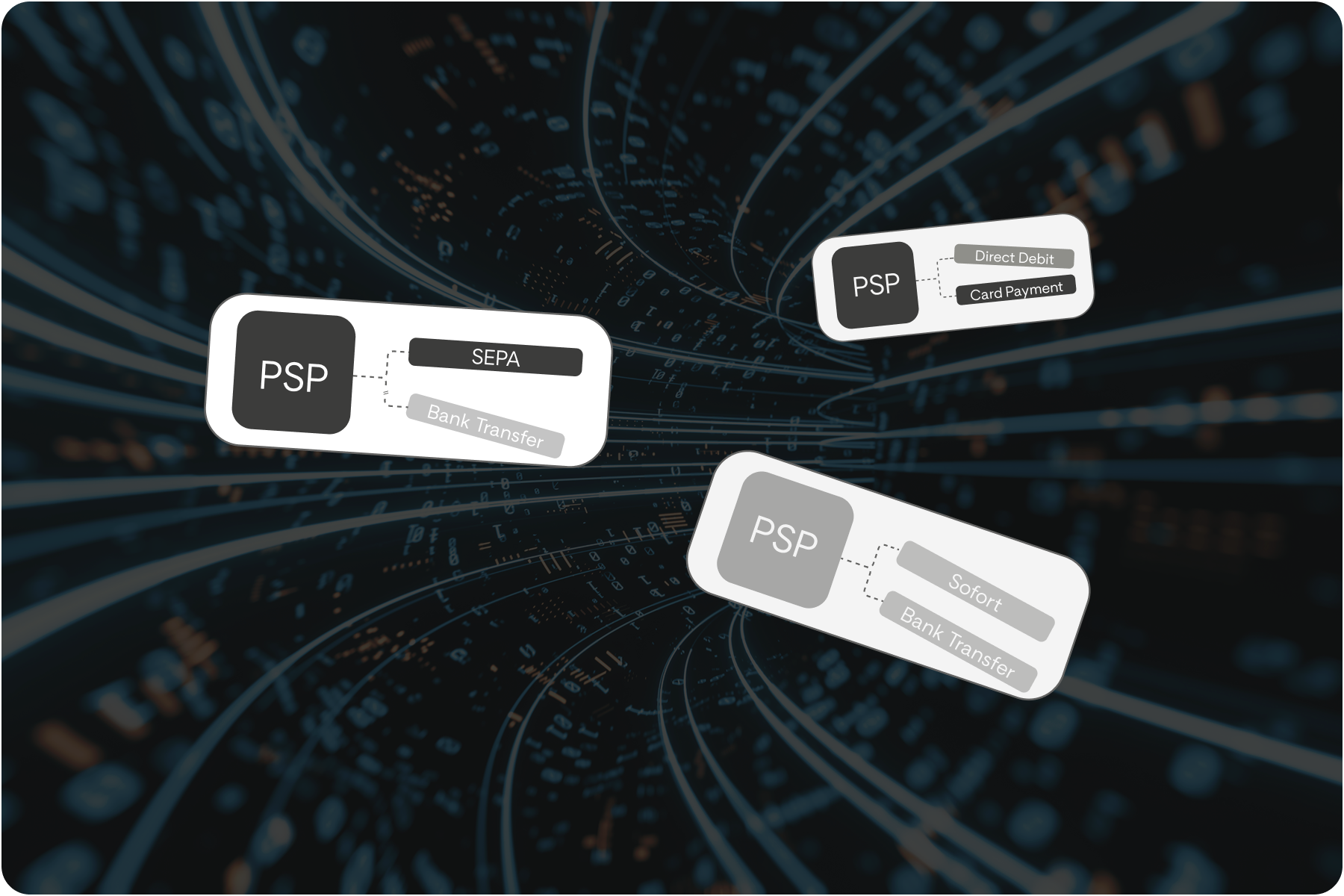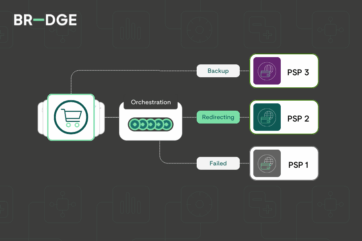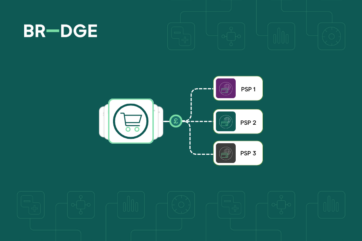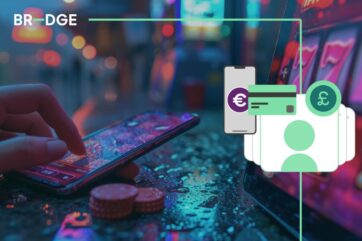
Top 5 payment trends for 2022

BR-DGE and Moneyhub join forces on Open BankingOver the last few years digital adoption has accelerated and external factors such as Covid, payment security and online shopping behaviour has been a further catalyst to drive an increase in digital spending.
In understanding the evolution of consumer buying habits, merchants are utilising responsive advertising, engaging communications and point of sale promotions to reduce friction and minimise the time to conversion across digital channels, yet the payment journey is often one piece of the puzzle that is left unaddressed.
Traditionally, payments have been treated as a hygiene factor. They are a necessary part of your customer conversion, but due to legacy agreements the payment process often remains unchallenged and inflexible. However, the payments landscape is evolving. With new innovations, consumer expectations and opportunities for greater flexibility and agility, it is time for merchants to take a more serious look at your payment experience.
With increasing access to global trade, growing expectations from savvy consumers on how they choose to spend and a newfound emphasis on the hybrid retail experience, it is not a case of if you choose to evolve, but when.
Check out our top 5 payment trends for 2022 and beyond, for insight into how the landscape is changing and how you can ensure you are at the forefront of payments innovation.
Open Banking PISP
Open Banking is finally gaining ground and as customers seek the path of least resistance, there is a great case for adoption, with successful pilots already in flow across the UK and Europe. The freedom, control and benefits of this digital revolution is having wider impact on the public perception of finance.
Adoption has initially been slow, however with new regulatory measures on the horizon with 3DS2 and a drive towards friction-free conversion, there is increased appetite. With big banking players in the UK, such as HSBC, promoting Open Banking, any initial doubts surrounding security are likely to be quashed.
The challenge currently remains for the merchant in making the payment method accessible within your existing suite of payment options. As interest rises, technology such as BR-DGE's Payment Orchestration Platform can enable you to easily integrate and adopt new payment methods at speed, to adapt to changes in customer demand.
Partnerships with Open Banking providers, such as Moneyhub, will enable you to offer a positive payment experience for customers who want more choice and payment security, whilst also capitalising on lower transaction rates, due to reduced need for card payments.
Buy Now Pay Later
Buy Now Pay Later (BNPL) will continue to aggressively expand into 2022. This credit alternative provides an easy, at checkout option for customers with minimal friction and promises of low interest rates, driving adoption.
BNPL is not a new concept, with the practice dating back to the 19th century. Records highlight the sewing brand Singer utilising BNPL for the sale of their machines and other iterations have been locally utilised in villages in local shops to encourage repeat business. The difference nowadays is in the way in which BNPL is being positioned and the ease of the transaction at the checkout for consumers.
Market innovators such as Klarna and Clearpay are utilising savvy advertising and market timing to offer a simple solution for those looking to spend online. BNPL has increased in popularity in the last few years with younger generations being quick adopters of the alternative payment method and research suggests this coincides with an increase in basket value, as credit is available.
The challenge for those looking to adopt upcoming payment methods and quickly evolve with customer demand is the speed of innovation and integration, which is where payment orchestration can really add value.
Shop global, pay local
The world has become a much smaller place and merchants have much greater access to international audiences for their products than ever before. As you seek to build your global audience, new challenges will emerge surrounding your need for alternative payment methods for new market preference, intelligent routing for different currencies and further the agility to move at speed into new markets.
With recent global events, the need for ease of international trade has become paramount and having a compelling payment process on your digital channels is expected, regardless of where your business is based. Online retailers expanding overseas will receive pressure to adopt new payment methods that are local to your new customer base and will need the flexibility to work with providers and acquirers who offer competitive rates for new market currencies.
If you are embarking on international growth, you will need to consider your payment infrastructure in the same way you design territory-specific marketing and POS campaigns. Payment methods are often ingrained practice and in order to serve your new target market, you need to offer a payment solution that is fit for their needs.
With global markets becoming more accessible, international expansion is an inevitable next step for most merchants and having a scalable payments infrastructure will become a critical part of the puzzle in 2022, to secure success in new markets.
Friction-free payments
Another trend on the horizon is the regulatory changes with 3DS2 coming into full force in March 2022. This will cause friction in the customer journey and is likely to disrupt the payment experience.
With the move to digital spending, customer loyalty is put at jeopardy. Loyal, regular in-store shoppers have a much broader range of choice online and therefore are much more easily swayed to spend elsewhere if the experience is poor or presents greater friction.
The last two years has forced merchants, like yourselves, to review your online experience to find new ways to replicate that customer loyalty in the online space. Traditionally excellent customer service is what you expected in store, but online it is all about the promotions, ease of interaction with your site and a smooth checkout experience.
Although 3DS2 adds greater security and reassurance for shoppers and merchants alike, it will create further friction in the process. This is likely to spark greater interest in the options available at checkout, with a rise of payment methods such as Open Banking with it natively inbuilt, or one click payment alternatives which seek to remove additional steps to increase transaction volume, by accepting a greater level of risk.
The hybrid retail experience
The face of retail is fundamentally changing and as the traditional high-street brands fight back, it will be those that are evolving and able to master the hybrid retail experience for the customer, that will succeed. Online and offline are no longer separate retail actions and the end-to-end customer journey is a combination, with an expectation from customers of a fluent and transparent experience between the two.
This has already led some retail outlets to exploring how they can digitise some of the in-store experience to mirror the online shopping processes, reducing friction, queue time and providing a more autonomous experience. This includes the introduction of QR codes, scan-and-pay facilities, kiosks and the well-established click and collect offering.
As a merchant, you need a resilient, robust and flexible payment solution to adapt to the evolving needs of your customers, whether they choose to purchase online and visit in-store, pay via their mobile phone or in-app or just want a truly digital experience.
Summary
The payment landscape is incredibly fragmented and rapidly evolving to accommodate changes in buying behaviour, consumer demand and the new ways in which we can all access goods and services.
Digital adoption is set to continue accelerating at speed and the payment experience is at the heart of these new opportunities for innovation, from in-store kiosks to cashier-less supermarkets.
In order to capitalise on these exciting payment trends, you need to make payments a priority. After a challenging few years of trading, it is those merchants who are flexible, agile and customer-focused that will succeed.
For more information on how payment orchestration can enable you to deliver a streamlined, end-to-end payment experience, speak to one of our BR-DGE Builders.
Related content
